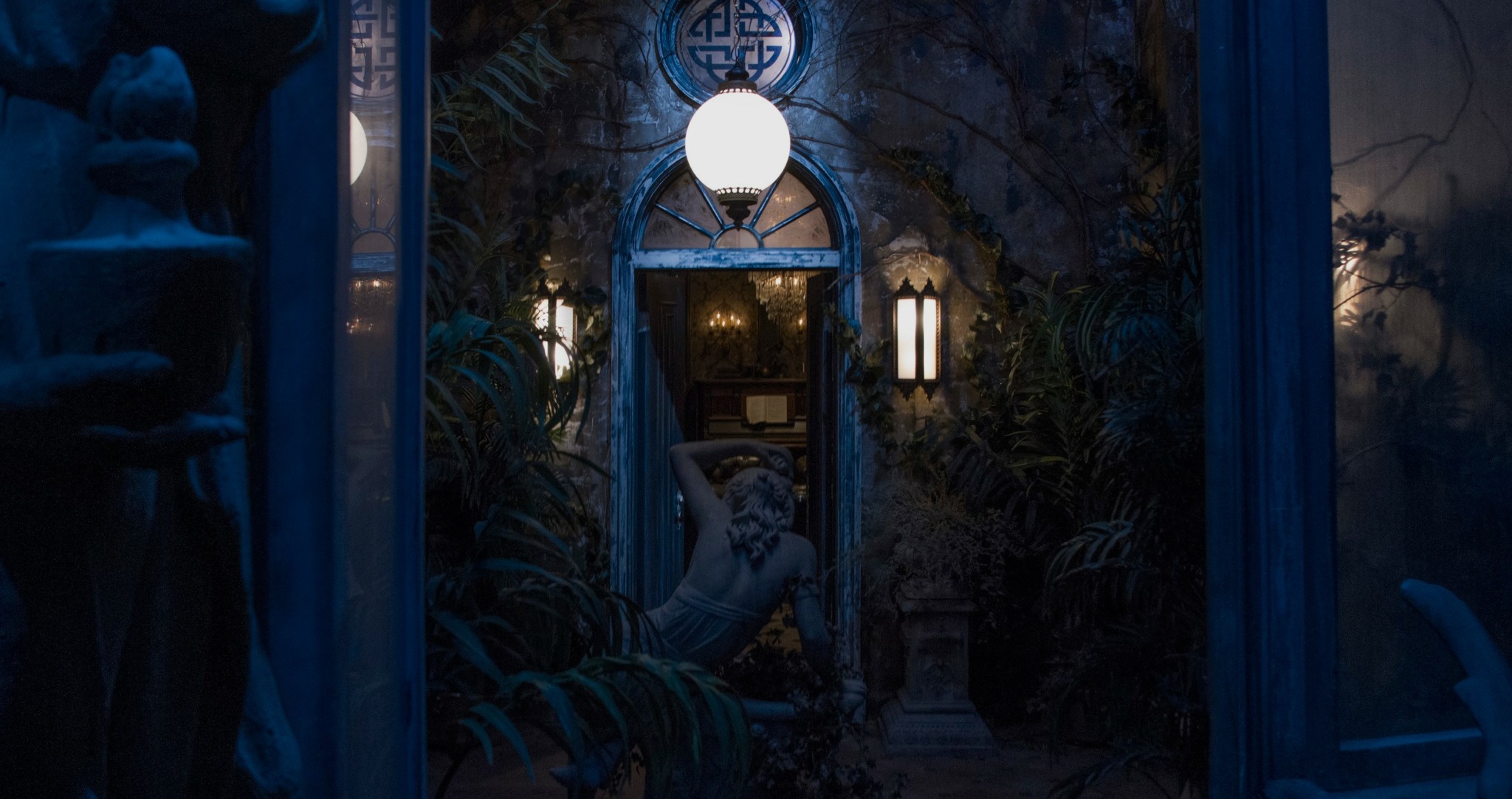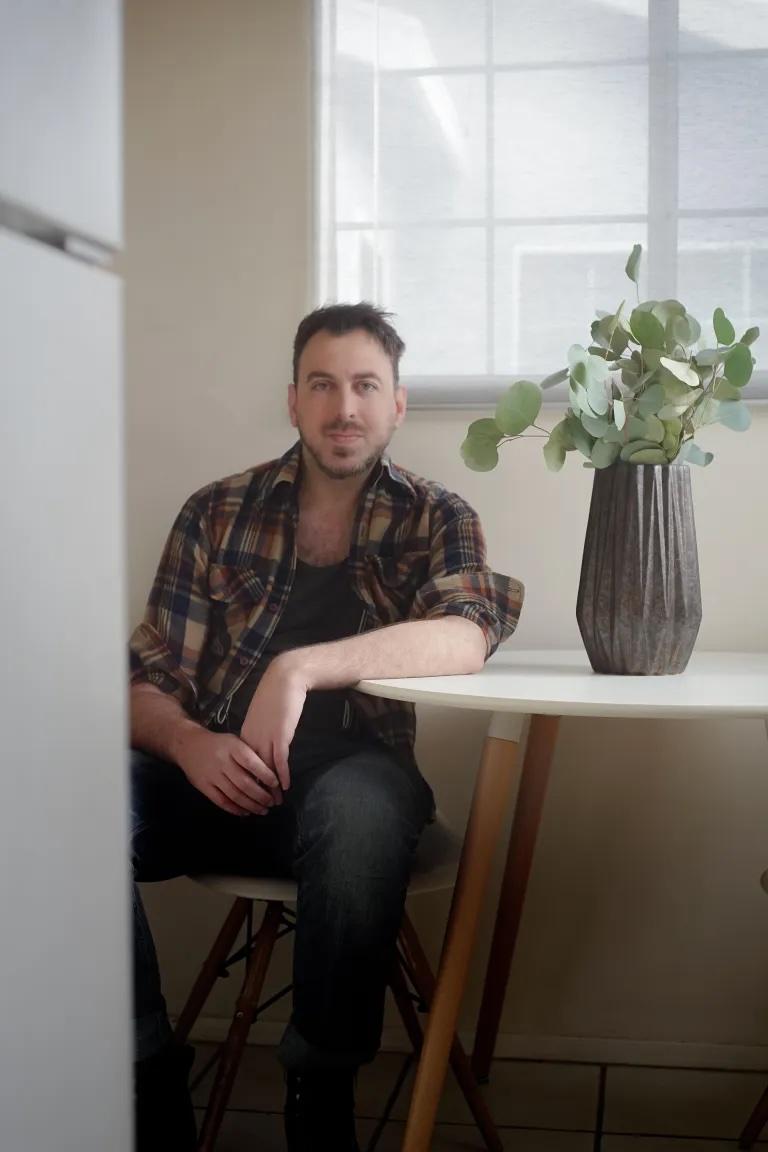We were lucky to catch up with Ethan Feldbau recently and have shared our conversation below.
Alright, Ethan thanks for taking the time to share your stories and insights with us today. Can you talk to us about a project that’s meant a lot to you?
I had the pleasure of being the lead VFX artist and visual effects designer for a little film called Everything Everywhere all at Once. For all that little movie has done, it wound up becoming a career changer for me. I had previously worked in post-production, but spent my first decade in Los Angeles working as a production designer – head of art department. I had designed music videos and commercials for a large group of up-and-coming directors, including the Daniels. Because of my Post-Background, I was also VFX Supervising, and providing VFX services; often on the same jobs I was designing. When the Daniels wanted to crew up for their upcoming feature, they wanted to keep a process similar to their short-form work, and employe friends they had previously worked closely with.
There are many different skills and positions in a VFX Department, and it’s very similar to an art department. When I came aboard (and there was only me and the vfx supervisor!), a wonderfully natural division of tasks occured. Since I had the experience of designing films, and since Everything Everywhere came to the table as a blank canvas with no concept art, I immediatly was drawn to figuring out what the VFX would actually look like. It turns out some VFX artists would prefer to be shown what to make, and other would love to design what is made. Since the movie would ultimately be made by only 7 vfx artists, and since I was the most excited for the film and how it could look, I was awarded a huge slice of the pie to design with the directors.
A film with that many visual effects, and that few artists, was a very daunting proposal. It was also hard, because few onboard had made a film before, and less were familiar with the design processes needed. I saw an opportunity to model the process after everything I learned from Art Department, and the rest is history! It turns out that regardless of whether an image is photographed physically/practically, or built digitally in VFX, the same aesthetic needs are there.
Since then, I’ve found a niche market, where a VFX Supervisor is needed to be a VFX Art Director; collaborating with other departments, Costumes, Practical FX, and of course Art Dept. It’s been an amazing side-step into a new phase of my career. That Post and VFX education has really paid off; that Oscar’s Long List nomination, and BAFTA Nomination for VFX (Against Avatar 2) also helped! I think we were the cheapest film ever to be nominated for VFX at such a scale.
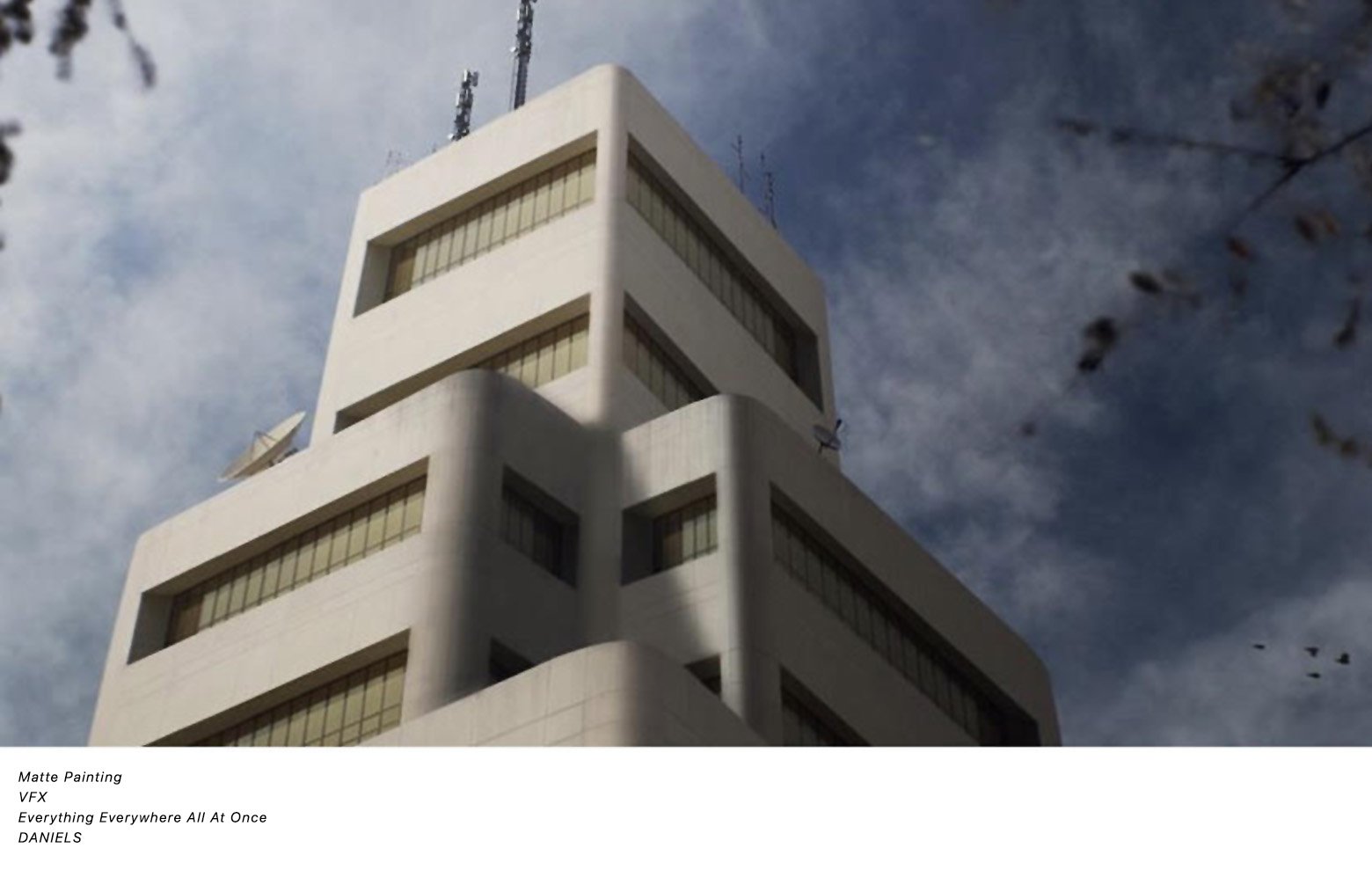
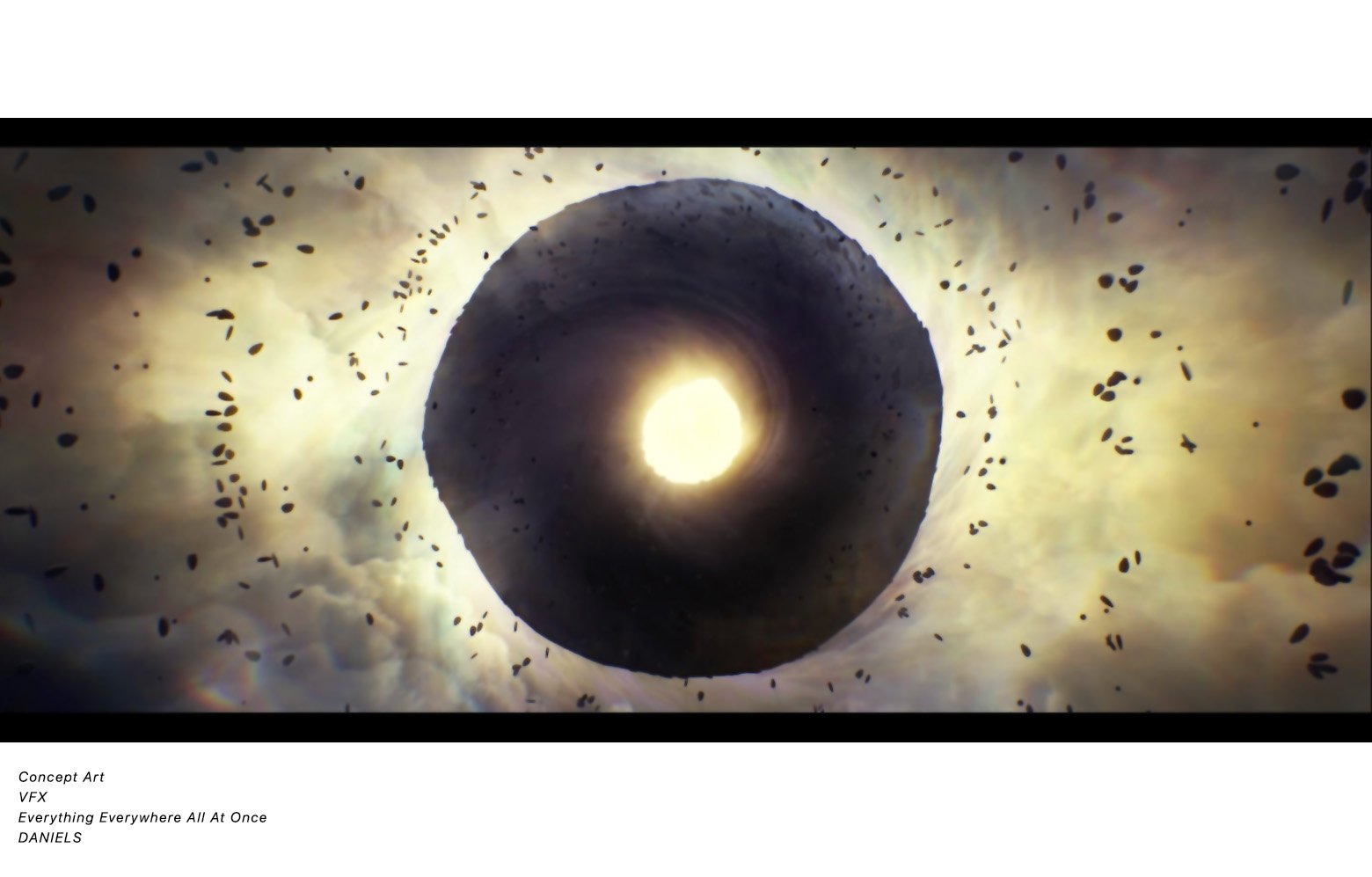
Awesome – so before we get into the rest of our questions, can you briefly introduce yourself to our readers.
I’m a dual role creative. I either lead art department as an Art Director/Production Designer, or provide VFX services as a supervision, designer, or artist.
As a production designer, I’m responsible for how everything looks in-front of the camera, that is NOT on an actor. That covers a broad range of assets, from set design to location re-dressing, and I work with a department of talent crafts people who help and contribute, such as set decorators, prop masters, carpenters, etc.
This role was my first love for filmmaking. It’s a chance to explore visual communication, and use all facets of the image to tell a story. Often, it can tell you more about a character or event than you might get through dialog. Each show is it’s own unique puzzle to solve, and each director is looking to express different ideas.
But now the world is changing. We’re in a post-photographic landscape of cinema, where most productions are looking to cut costs, and reduce practical photography. It’s been a worrisome decline from the days of building a set, and committing to what has been photographed, to digitally extending or fully constructing a world out of pixels. Even when I entered the industry 16 years ago, VFX was an expectation, not a suggestion, for all projects. My moonlighting, and keeping up with the times, allowed me the ability switch between departments.
These days, most people reach out to me for assistance in designing their VFX – it seems to be a common occurrence that, while a film has a production designer to design the practical shoot when post-production arrives, there may not be that one lead in VFX who can unify the VFX style to match the work of the art director. If, for example, a movie sends its VFX shots out to multiple VFX shops, and there is no one overseeing the aesthetic parameters and communicating with all the different companies, you might get vastly different-looking results. Most of my clients, are looking for a VFX lead who can join them early, connect with their art department and art director, understand their goals, and ensure the look and feel matches, soup-to-nuts.
The way things are going, the majority of image making will become more and more digital, and I can help bridge the communication-gap between production and post.
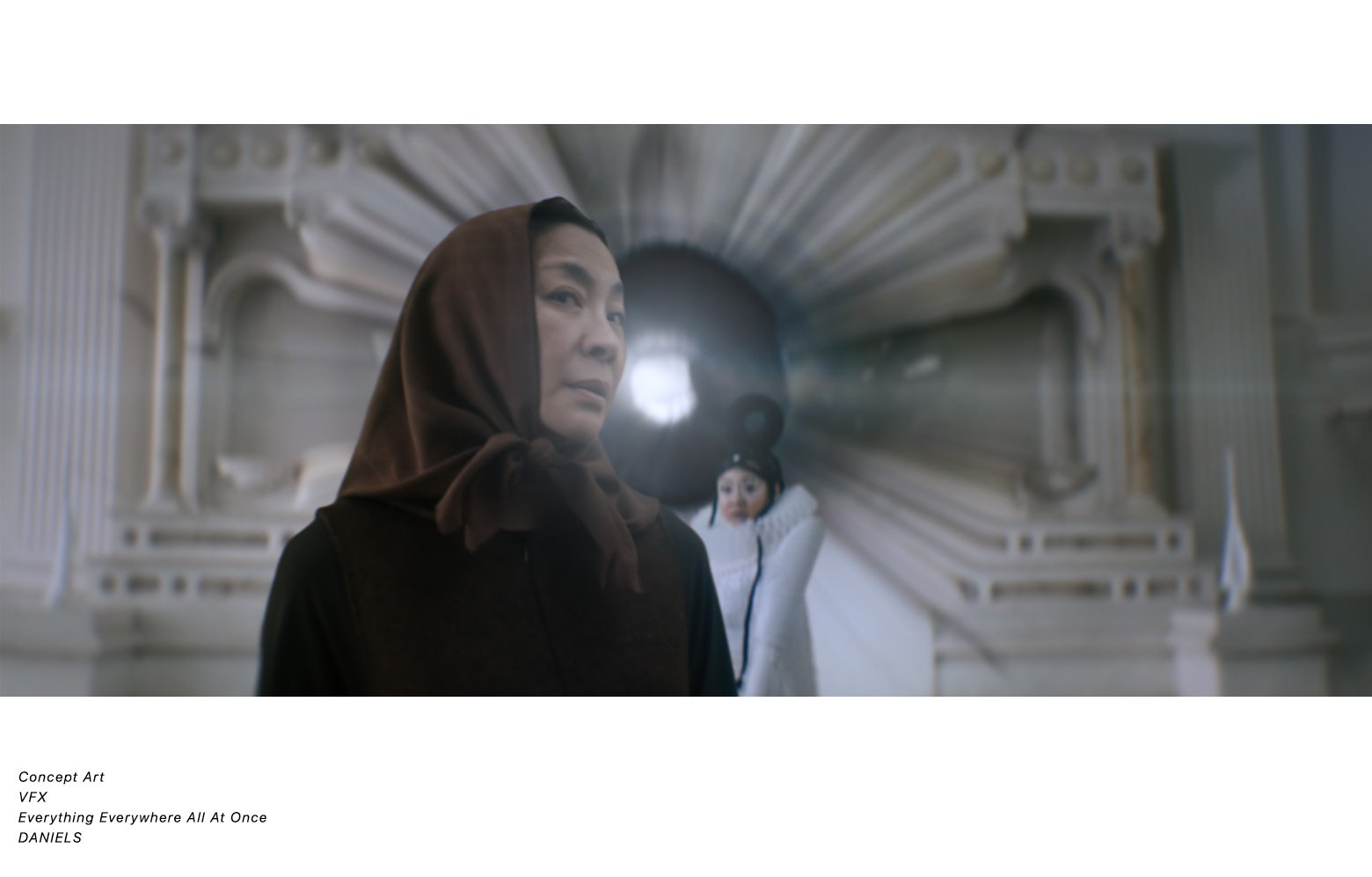
Do you have any insights you can share related to maintaining high team morale?
As much as I may be a department head, that’s only the tip of the iceberg when it comes to creating vfx. It’s a team sport. No sizable film is made by a single artist.
As I was coming up, I worked under a variety of Production Designers, and VFX Supervisors. They were all different. Some of them were so encouraging, and really wanted to hear your thoughts. Others were controlling, distant, and only looking out for themselves. The takeaway here, is that as you apprentice, you get to observe derpartment heads, and see what actions and behaviors worked great, and make note of what didn’t. You can then apply what you’ve learned to your own managerial choices.
I think the best advice I’ve learned, is to encourage your team to contribute, and be unafraid to share their thoughts. The industry is FULL of talent, and most people working in film LOVE film, and care very much about the show they are working on. One mistake I’ve seen often, is a head-strong department head who only wants things done exactly their way. That inflexibility can lead to budget issues, schedule issues, or worse. If you don’t connect with your crew, and hear their thoughts, you’ll never know what great ideas you missed out on! More often than not, you can bring a foundational plan to your team as the baseline, but once everyone starts thinking about facilitating it, BETTER ideas get presented back to you; cheaper options, more efficient ways to build a shot, faster techniques, cooler looks, etc.
Your team is a collection of equals – we all cross the finish line together, and the work that gets accomplished when everyone feels engaged with, and important to, the project always turns out to be the best work!
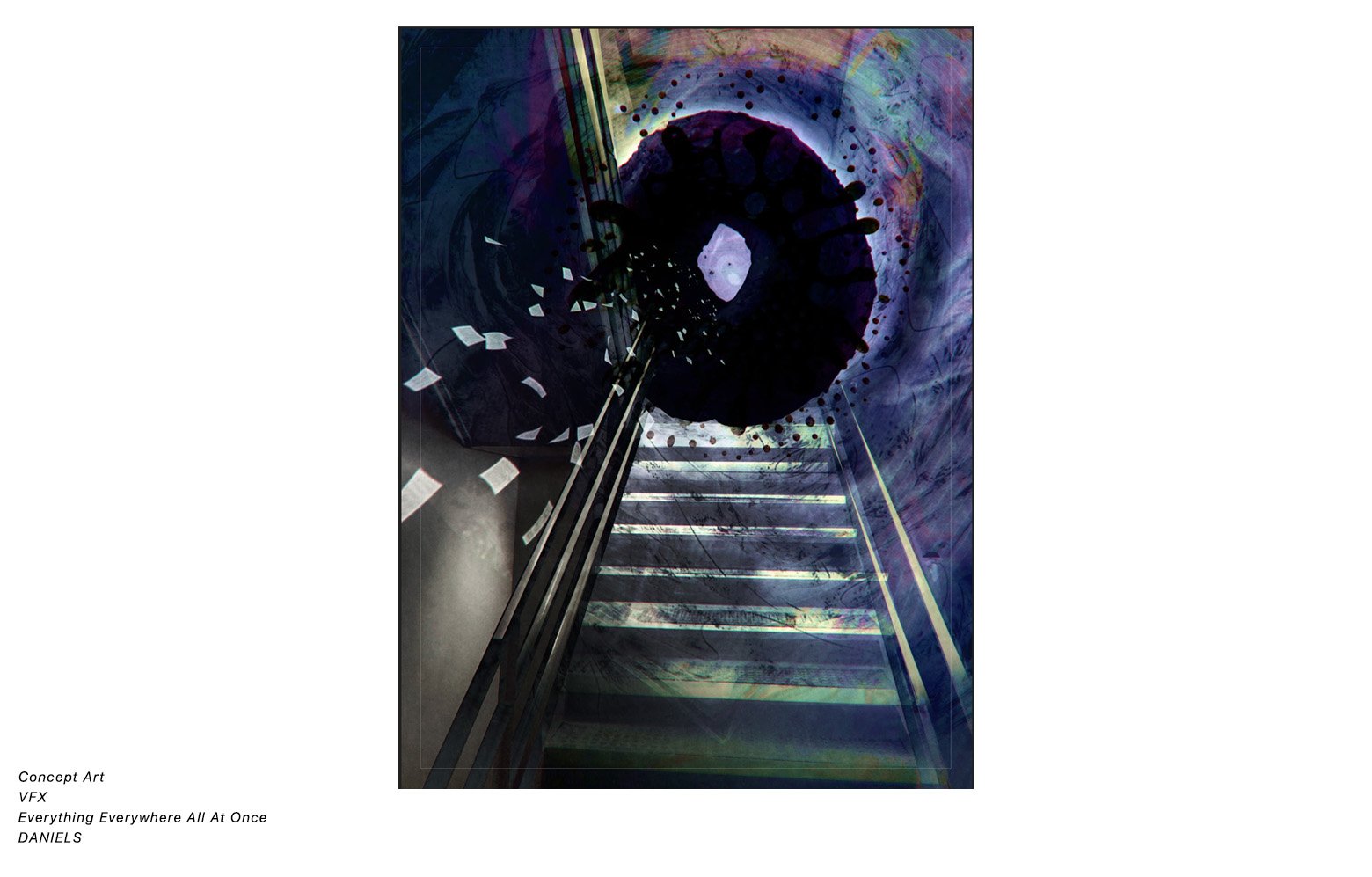
What do you think helped you build your reputation within your market?
I think the only way to build your reputation in the industry, is through reliability.
In order for producers to trust you, you need to be able to show a level of experience in pre-visualizing a job, accurately assembling a budget and schedule, and of course delivering as presented.
The rigor of art department was my best bootcamp. In production, you must have everything absolutely ready-to-go and working on the day. This instills a sense of urgency, and you develop methods to ensure success. Eventually, you can get excellent at estimating budget and labor needs, and as you deliver job after job, your reputation for consistency and accuracy builds.
I noticed, when I crossed over to VFX, that there are some differences. Although it’s a priority to complete a shot on time – that may not be the end of working on it. There could be notes, or changes requested ‘out-of-the-blue’. It often feels like there’s always an extra day, should clients want it. But, on your end, if you stay on time and on schedule, it inspires confidence, even if extra time is granted for revisions later.
Contact Info:
- Website: https://Ethanfeldbau.com
- Instagram: @ethanethanethan
- Other: IMDB
https://www.imdb.com/name/nm2367801/?ref_=fn_all_nme_1


